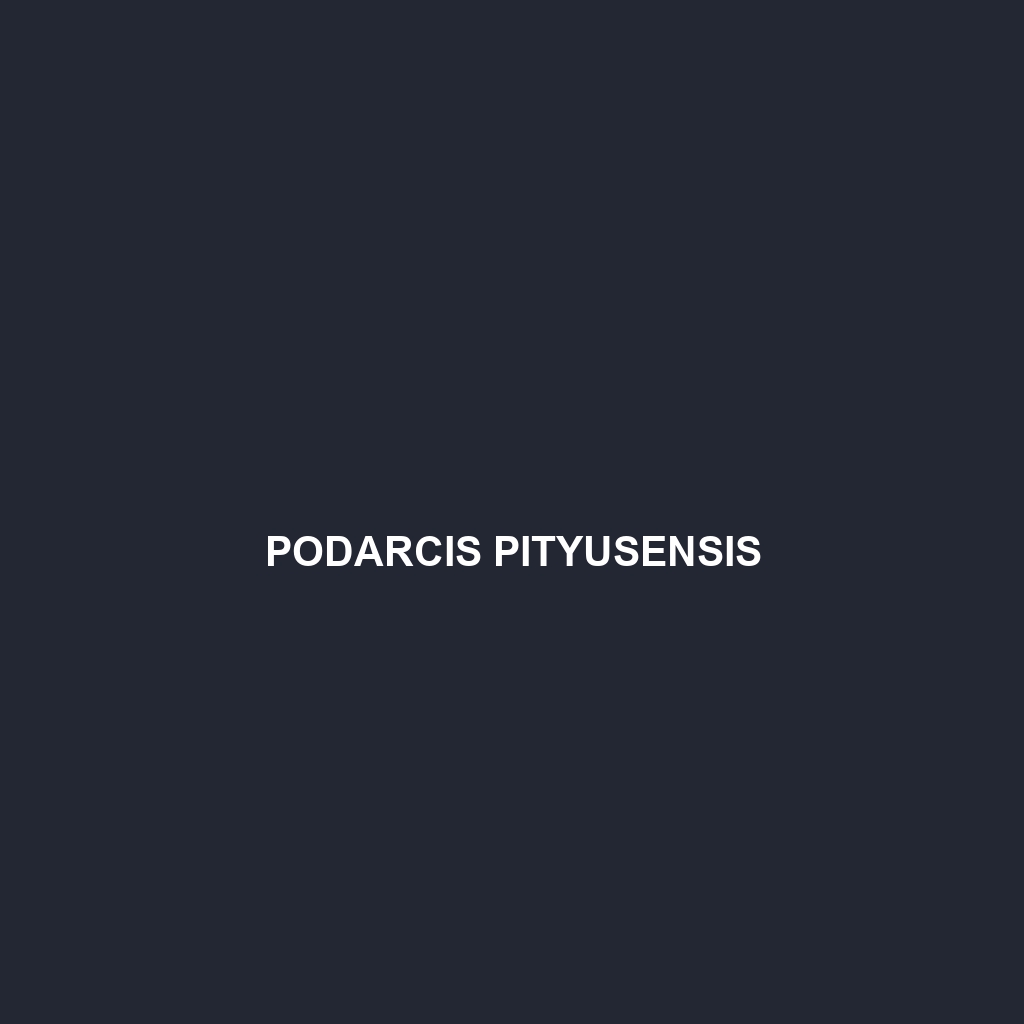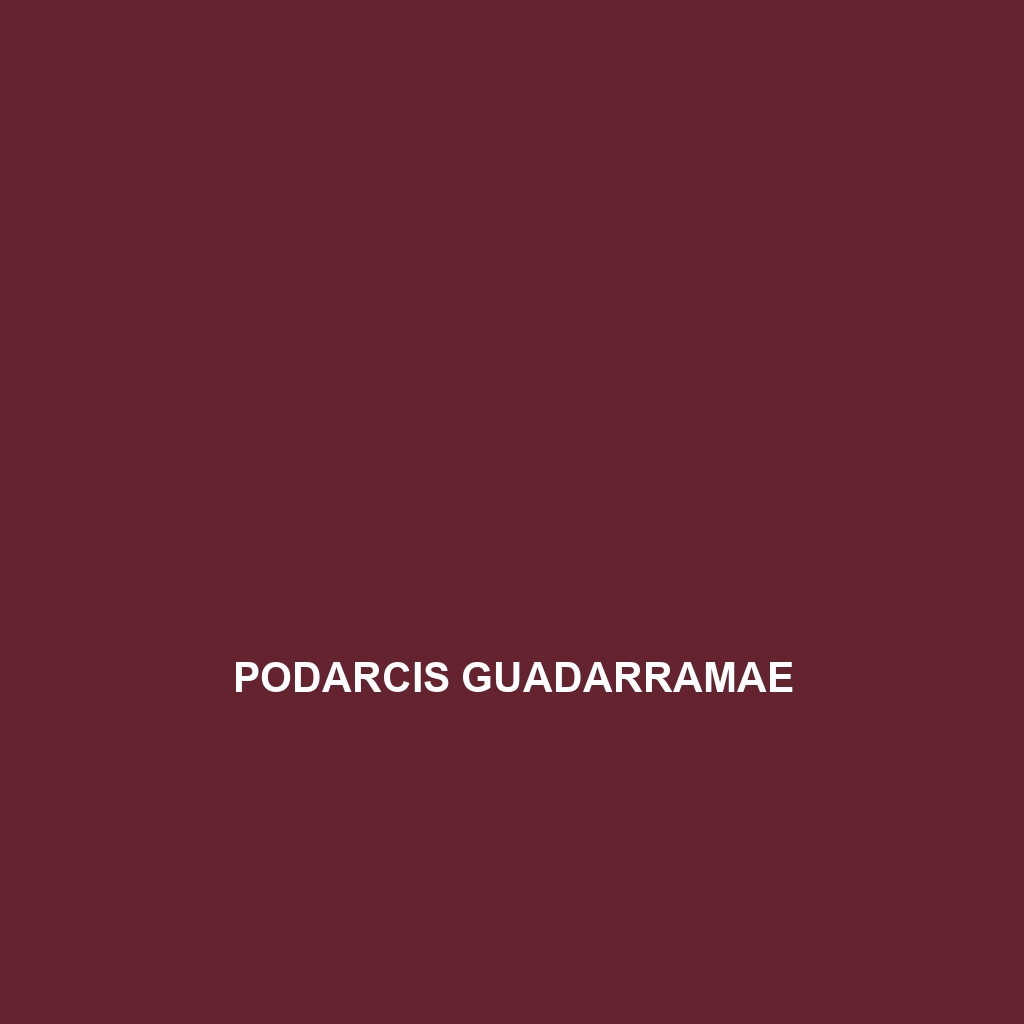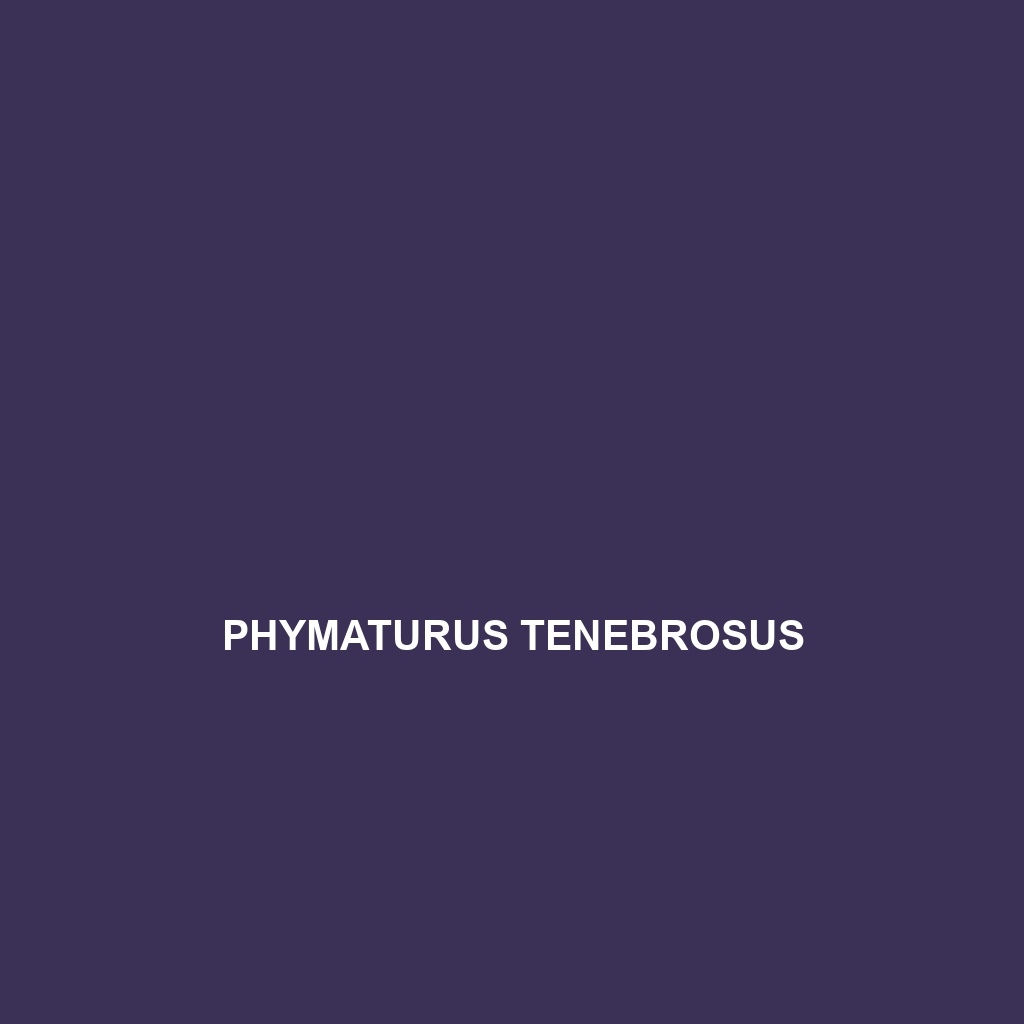<p><b>Pseudotrapelus neumanni</b>, also known as Neumann's lizard, is a diurnal insectivore native to arid regions of North Africa, characterized by its streamlined body, vibrant blue throat in males during mating, and remarkable adaptability to harsh climates. With a diet primarily consisting of insects and a vital role in controlling populations, this species is crucial for maintaining ecological balance.</p>
Tag: Mediterranean climate
Pseudotrapelus neumanni
<p><b>Pseudotrapelus neumanni</b>, also known as Neumann's lizard, is a diurnal insectivore native to arid regions of North Africa, characterized by its streamlined body, vibrant blue throat in males during mating, and remarkable adaptability to harsh climates. With a diet primarily consisting of insects and a vital role in controlling populations, this species is crucial for maintaining ecological balance.</p>
Podarcis siculus
Discover the fascinating Podarcis siculus, or Italian wall lizard, known for its adaptability across diverse southern European habitats. This strikingly colored insectivore thrives in sunny environments, showcasing remarkable behaviors such as territorial displays and rapid movement, making it a captivating subject for study.
Podarcis pityusensis
Podarcis pityusensis, commonly known as the Pityusic lizard, is a small, agile lizard found in the rugged coastal habitats of the Pityusic Islands in the Mediterranean. With its insectivorous diet and vibrant coloration, especially during breeding season, this species plays a vital role in its ecosystem, balancing insect populations while serving as prey for various predators.
Podarcis peloponnesiacus
Podarcis peloponnesiacus, or the Peloponnesian Wall Lizard, is a slender, agile lizard from the Peloponnese region of Greece, reaching lengths of 25 to 30 cm. Known for its remarkable color-changing ability and diurnal behavior, it primarily feeds on insects, plays a vital role in its ecosystem, and is currently categorized as Least Concern by the IUCN.
Podarcis levendis
Discover the Levendi's Wall Lizard (Podarcis levendis), a fascinating diurnal species native to the rugged Mediterranean landscapes, characterized by its adaptability to diverse habitats, vibrant coloration, and insectivorous diet. With a length of 15 to 25 cm, this lizard plays a crucial role in its ecosystem by controlling insect populations and serving as prey for larger animals.
Podarcis guadarramae
The <b>Podarcis guadarramae</b>, or Guadarrama lizard, is a medium-sized, diurnal lizard found in the Sierra de Guadarrama of central Spain. Known for its varied coloration and ability to thrive in rocky, Mediterranean habitats, it plays a critical role in the ecosystem as an insectivore and a key component of the food web.
Podarcis carbonelli
<p><b>Podarcis carbonelli</b>, commonly known as Carbonell's Wall Lizard, is a medium-sized, adaptable lizard found in southern Europe's varied habitats, showcasing a distinctive dark brown to greenish coloration with bright spots. These diurnal insectivores play an essential role in their ecosystem by regulating insect populations and serve as both predator and prey within their Mediterranean surroundings.</p>
Platyceps smithii
The Platyceps smithii (Smith's Racer) is a slender, diurnal snake native to the eastern Mediterranean, characterized by its pale to dark brown coloration and distinct stripes. Thriving in various warm habitats, it primarily feeds on insects and small mammals, playing a crucial role in its ecosystem by regulating pest populations.
Phymaturus tenebrosus
Discover the intriguing Phymaturus tenebrosus, known as the dark phymaturus, a robust lizard native to the temperate forests of Argentina. Characterized by its gray to brown coloration, strong limbs, and diurnal behavior, this fascinating insectivore plays a vital role in maintaining ecosystem balance while facing vulnerabilities due to habitat loss.









